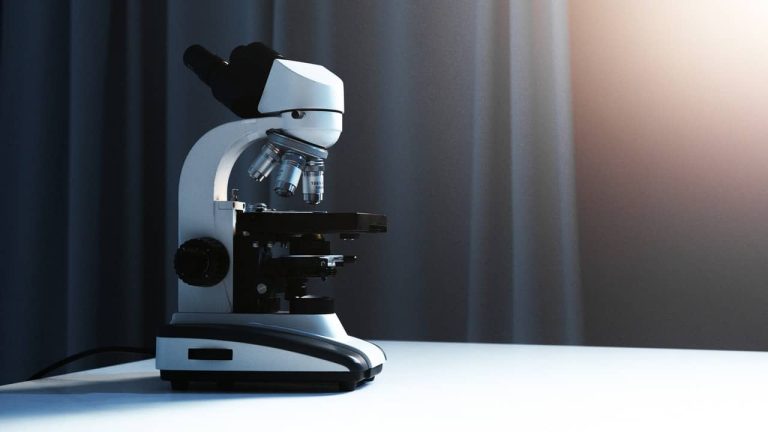Microscope Buying Guide – How to Choose a Microscope

So you want to buy a microscope Buying a microscope shouldn’t be delicate, but it can be confusing. This companion is then to help you narrow down your choices so that you know exactly which microscope is for you. While certain fields of microscopy similar to electron microscopy and ultra-violet (UV) microscopy live, these fields are rather technical and bear complex systems with technical accessories or corridors. As similar, this companion will only cover light microscopes, the most common type of microscope for utmost-commercial or exploration operations. There are generally two types of microscopes to look out for stereo or anatomizing microscopes ( low power), and natural or composite microscopes ( high power). Each type has its own features and is used for veritably different tasks! The question of what you want your microscope to do will be the most important question to answer in choosing a microscope. Do you want to study towel samples or bitsy organisms? Or do you want to stu


